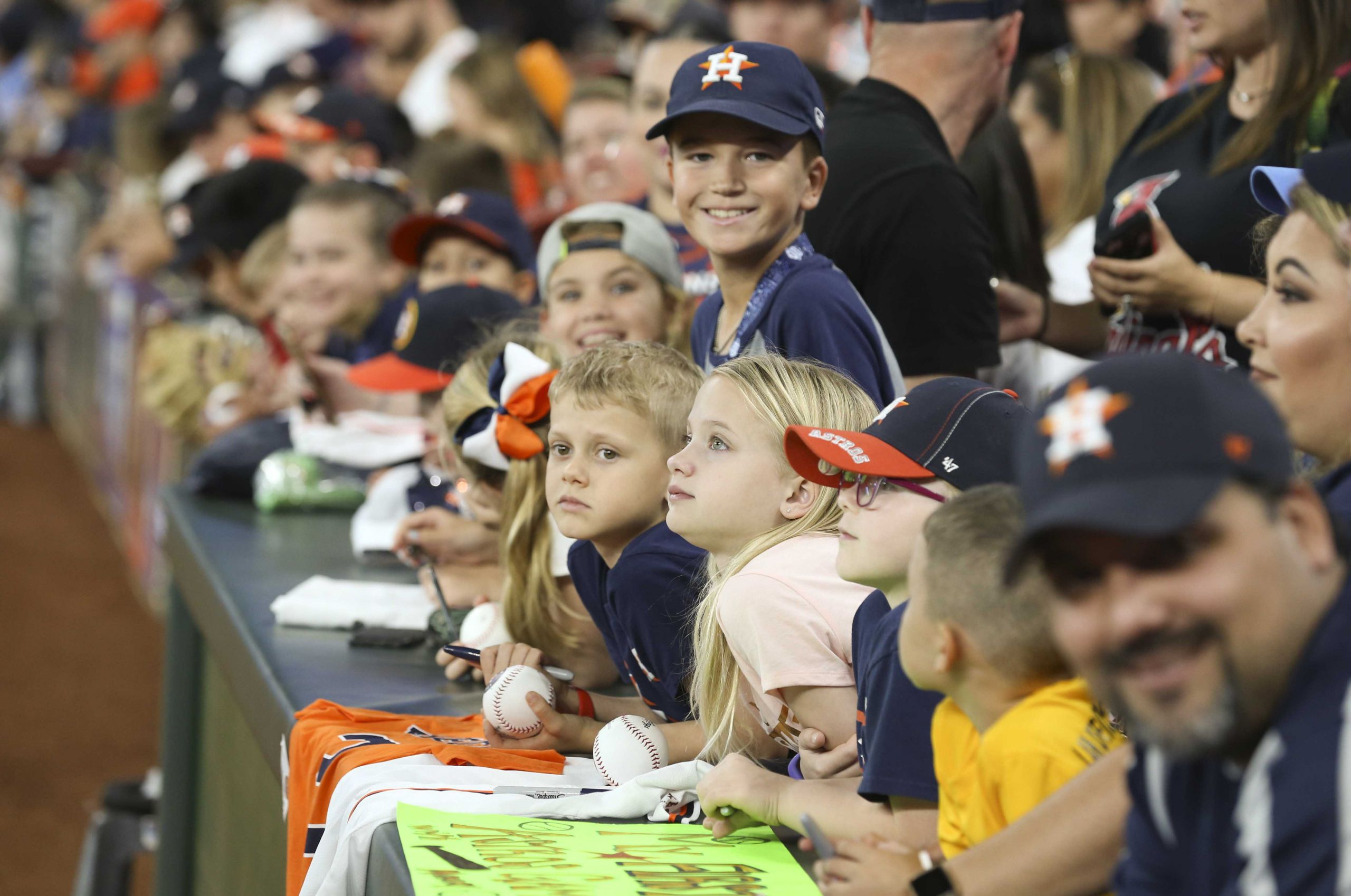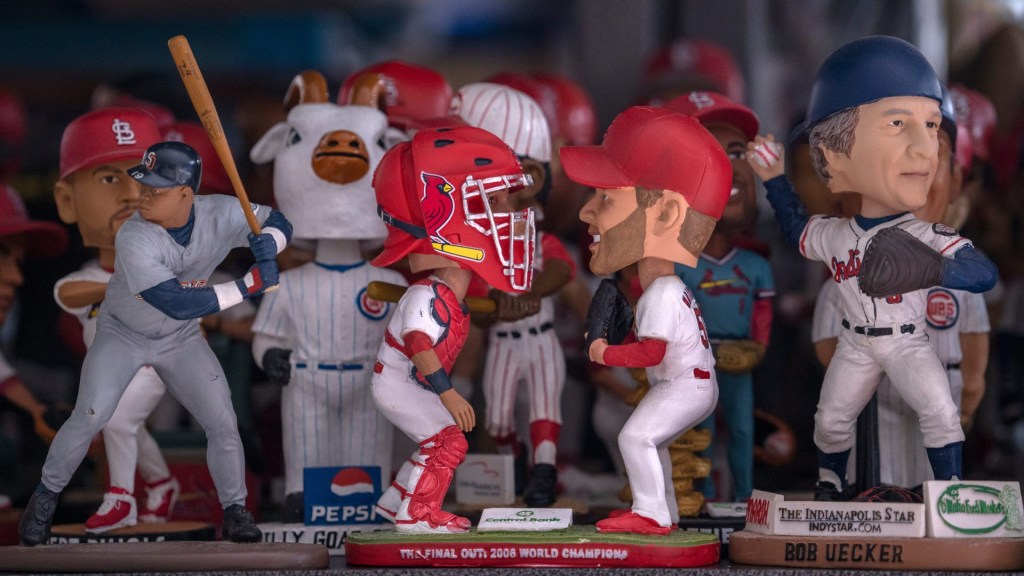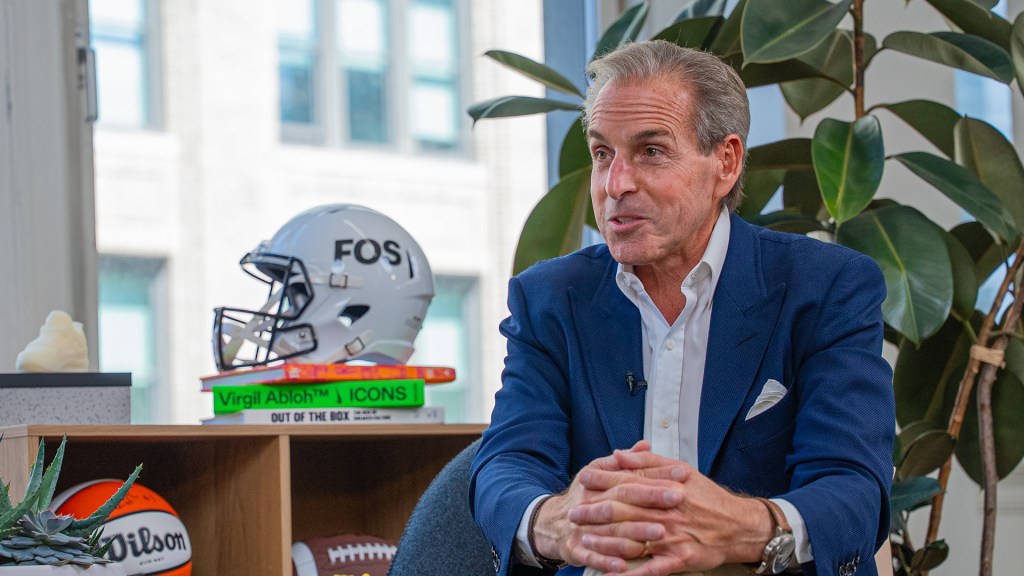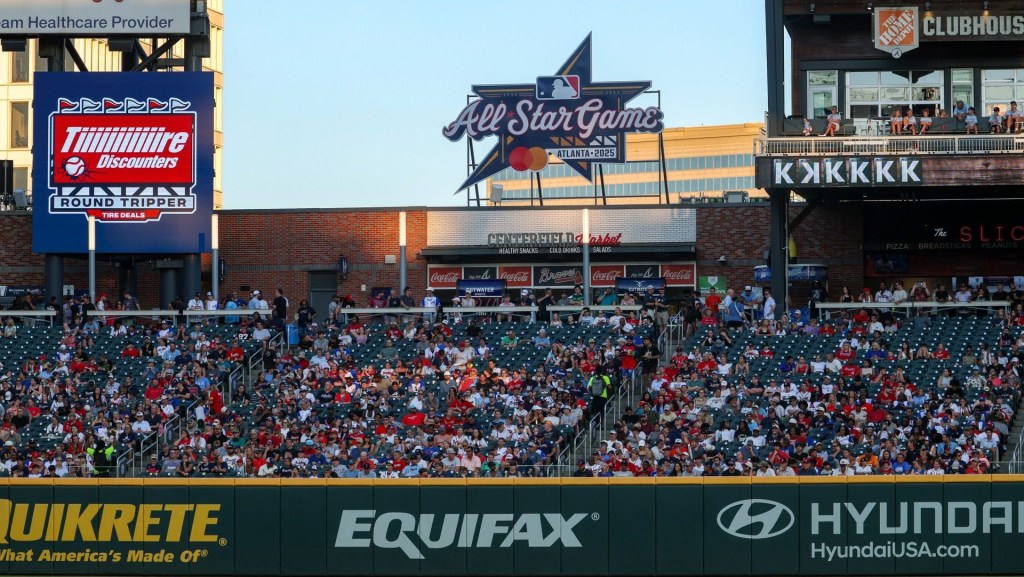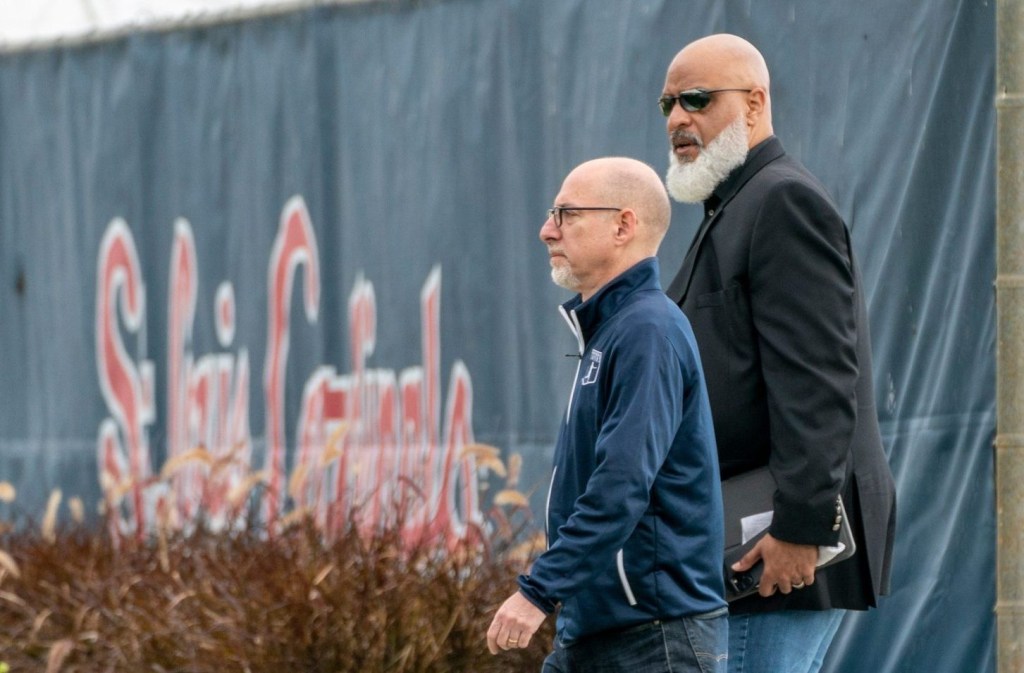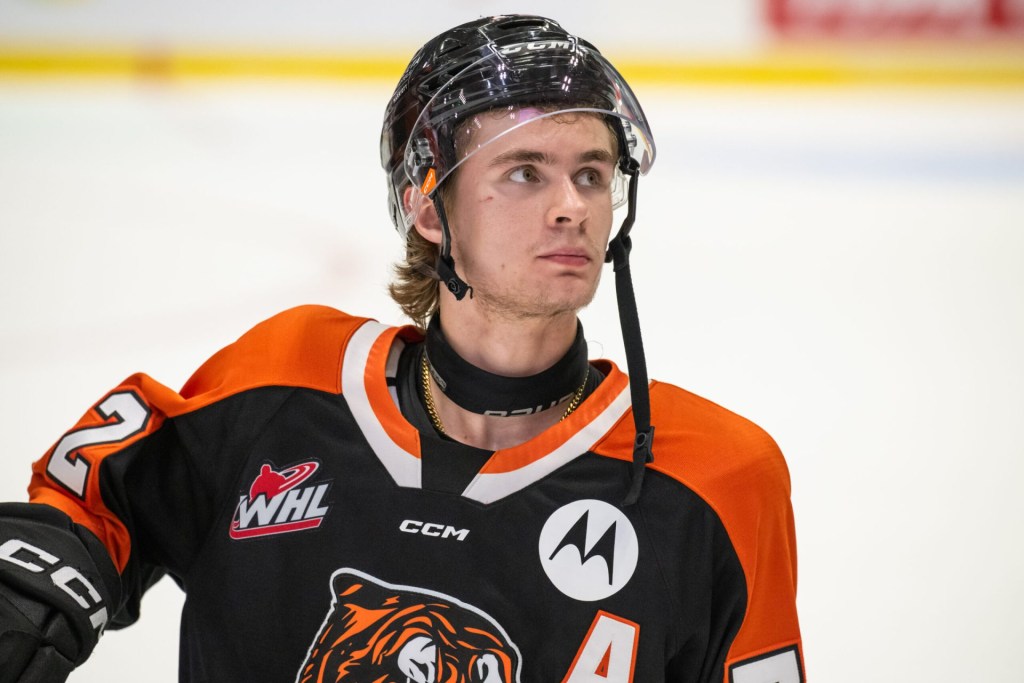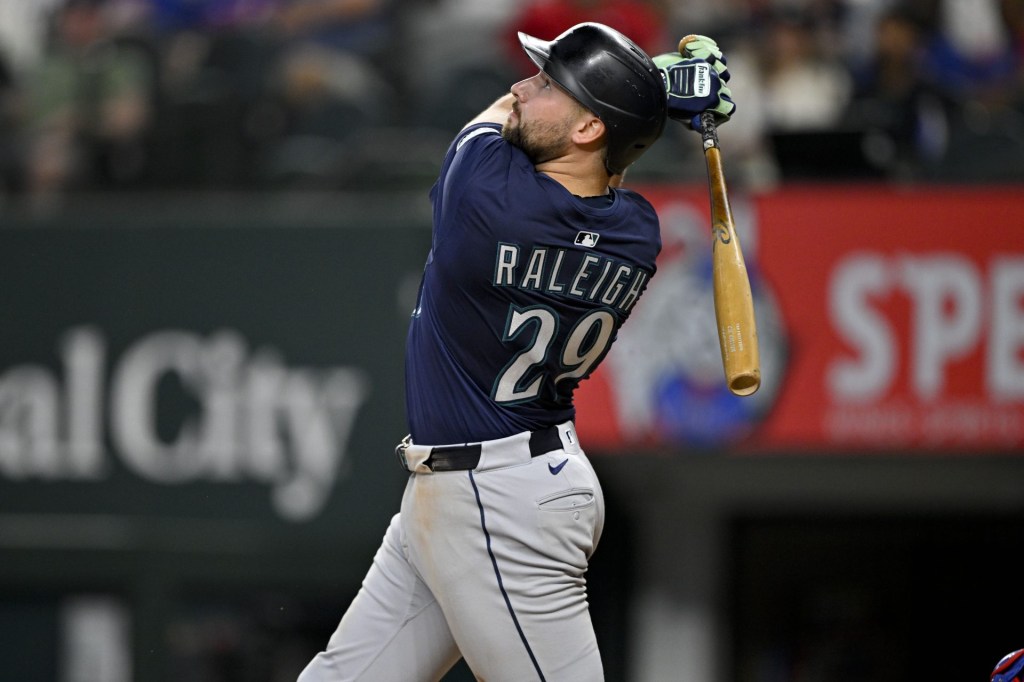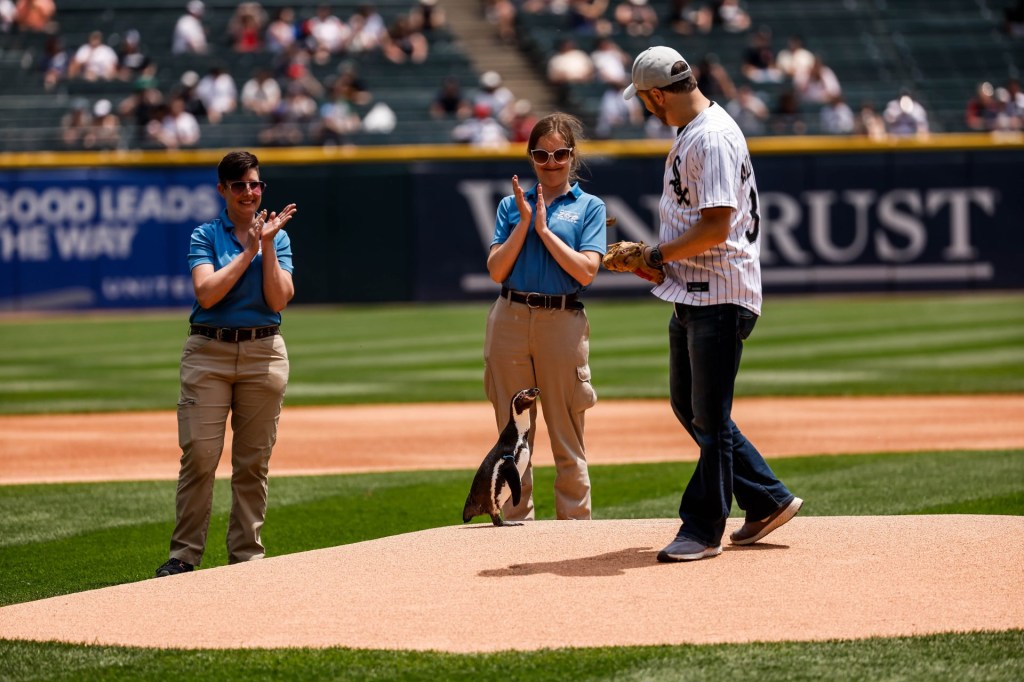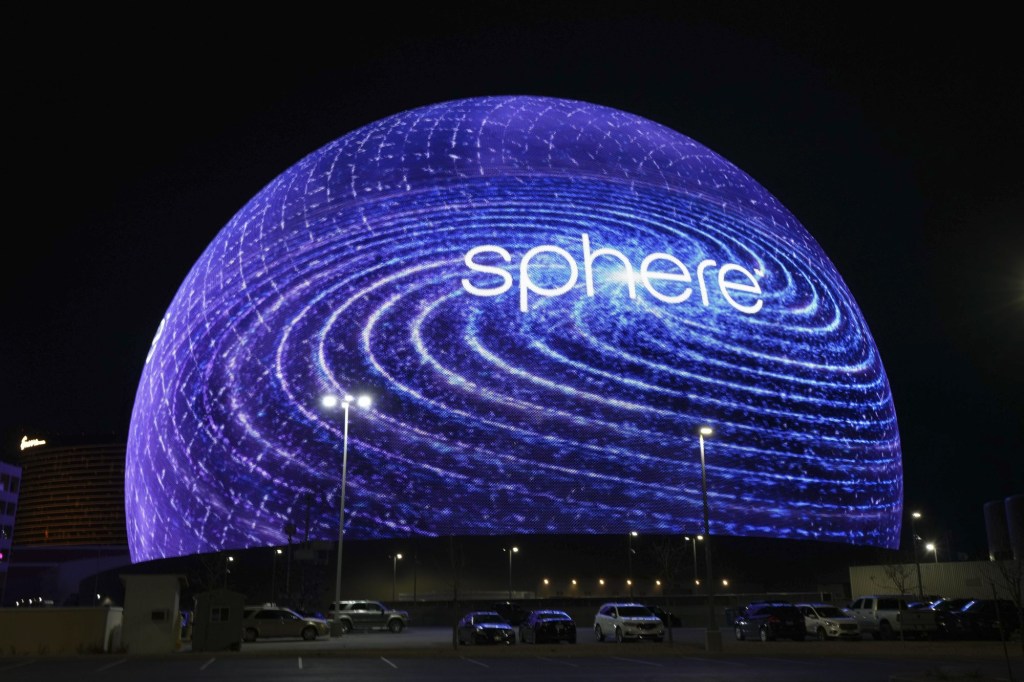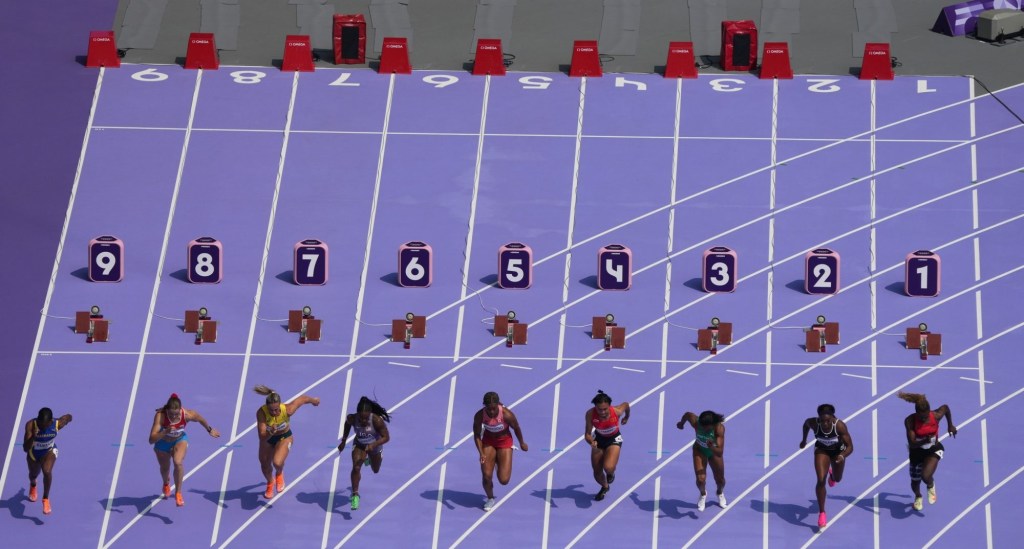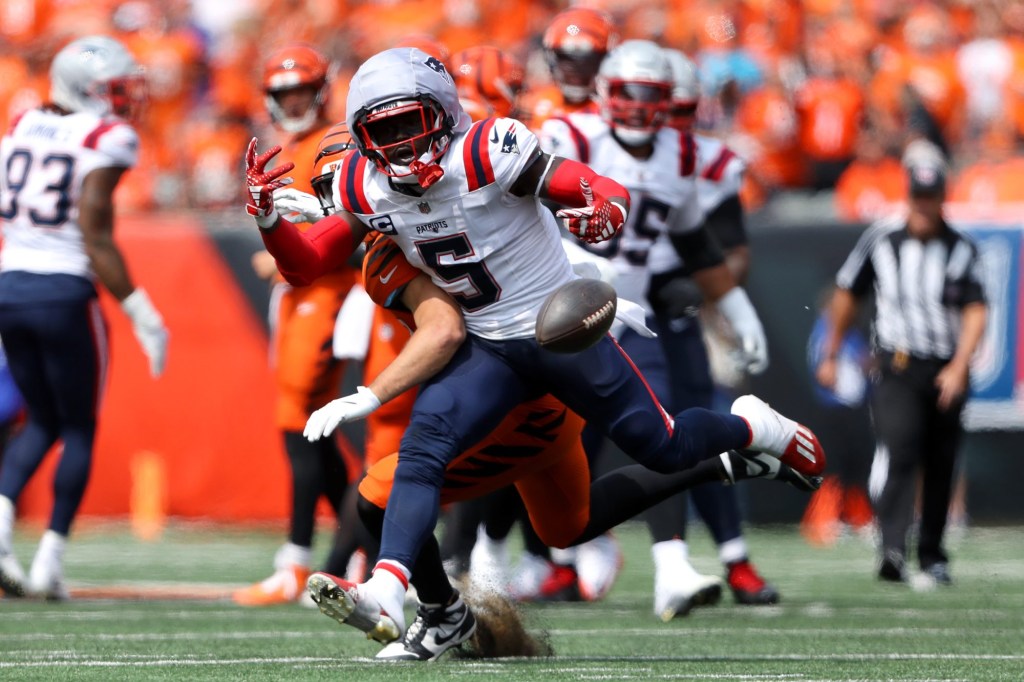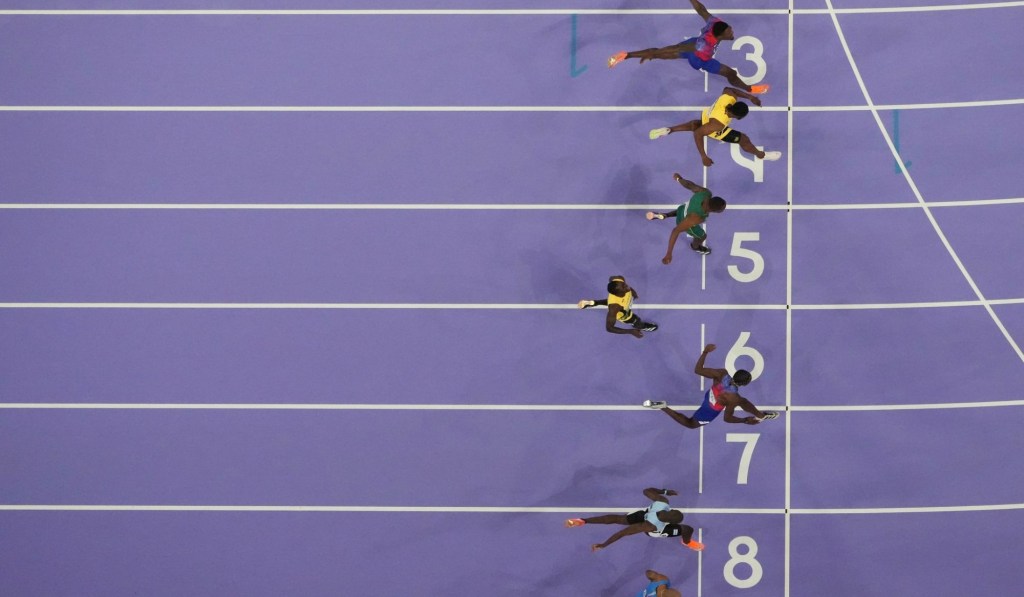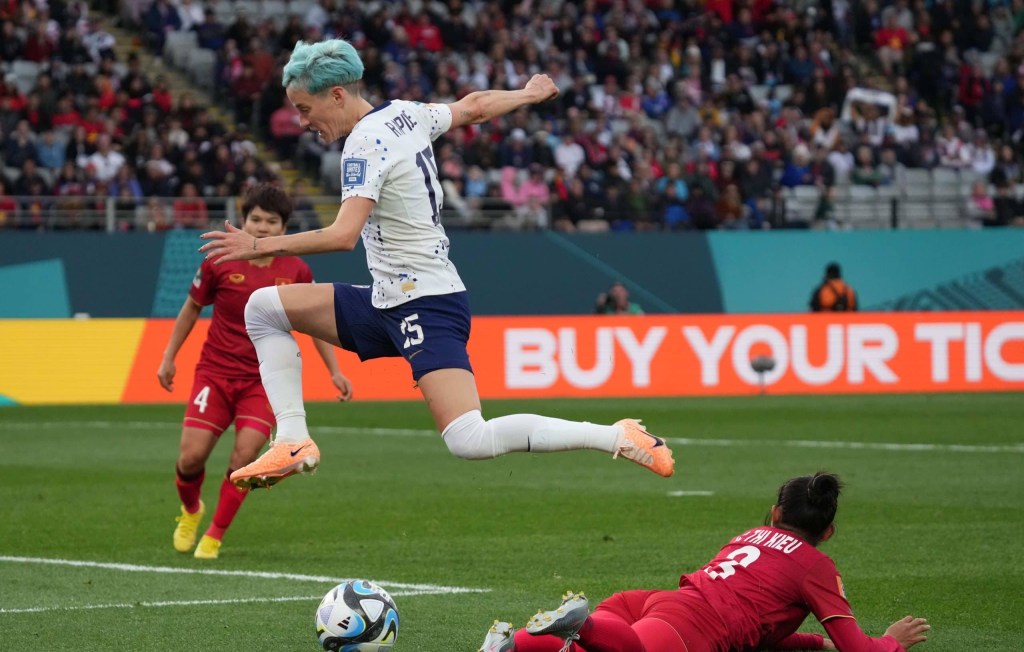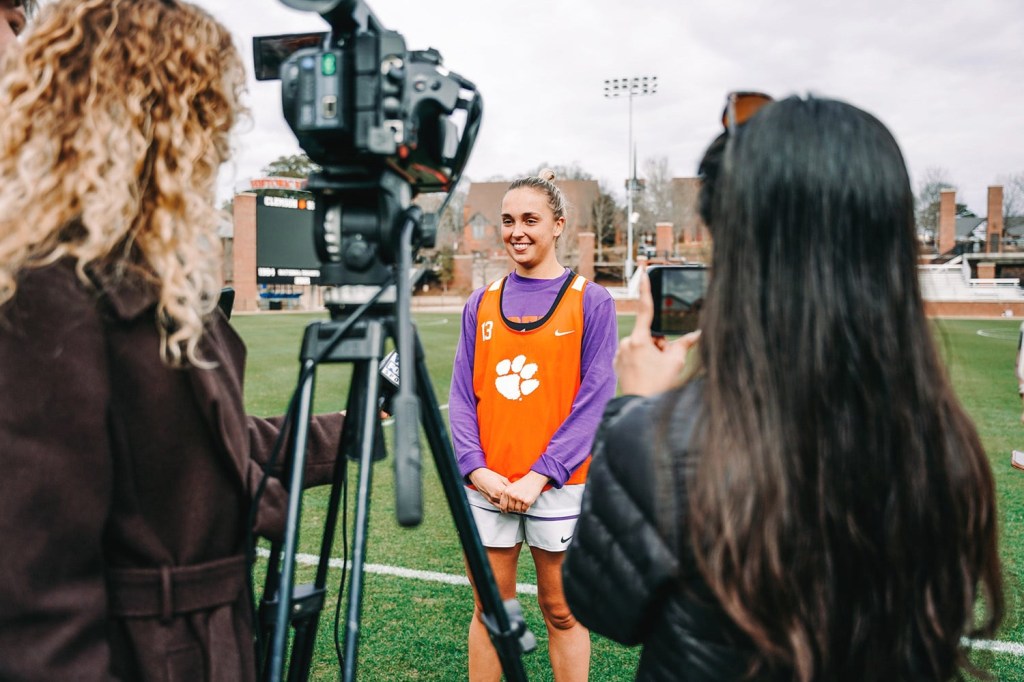Amid waning attendance numbers, Major League Baseball is putting more emphasis on engaging with kids to help maintain the sport’s popularity.
In 2020, MLB will host a wide range of baseball and softball development initiatives designed to increase accessibility and foster development within the youth and amateur levels of baseball.
That is coming via increased efforts from the league to work with some of the sport’s other big stakeholders in USA Baseball and USA Softball.
“What’s exciting is that we’re working more closely with the governing bodies of both USA Baseball and USA Softball to come up with a plan to strengthen and broaden our efforts together,” Tony Reagins, MLB’s executive vice president of baseball and softball development, said.
In the past, there has not always been cohesive efforts between the three to grow the sport in conjunction with each other.
This year, MLB is rolling out its MLB Grit and MLB Tour initiatives to better identify high school-aged baseball and softball players looking for placement in advanced development programs with the league and USA Baseball.
The MLB Tour is a grassroots initiative that identifies players of diverse backgrounds – particularly those living in inner cities and underserved communities – to attend various MLB-led programs. They include the RBI programs, MLB Youth Academies, the Hank Aaron Invitational, DREAM Series, and others.
MLB’s outreach to the youth isn’t just limited to boys. On January 25, MLB introduced the “MLB Grit: Girls ID Tour,” designed specifically for female baseball players 18 years old and under.
The top performers from each event – one in San Francisco and the other in Compton, Calif. – will be selected to participate in the inaugural Girls Baseball Elite Development Invitational, a one-week program that provides elite training and instruction. They will also have the opportunity to appear in the annual Girls Baseball Breakthrough Series, which are both held at the Jackie Robinson Training Center in Vero Beach, Fl.
“What we’ve done in the last four, four and a half years is deepen and strengthen the relationship with USA Softball and provide more resources to them,” Reagins said. “It’s an exciting time on the softball front. We want to make sure that we’re providing resources to help support USA Softball.”
READ MORE: MLB Diversity Fellowship Aims To Embrace Acceptance In Baseball
The approach to youth development is already showing dividends for MLB. According to the Aspen Institute, a Washington D.C.-based, non-profit think tank, 13.6% of kids ages 6-12 played baseball in 2018, a 3% increase from 2015. Baseball was also the second-most popular sport for kids in that age range, second to basketball, which had a 14.1% participation rate.
Between 2013 and 2018, the number of United States kids playing baseball and softball rose by nearly three million, according to annual surveys by the Sports Fitness & Industry Association. In 2018 alone, more than 25 million kids played baseball or softball, with 15 million of them being “core” players who play at least 13 times annually.
During that stretch, participation in youth football – which included flag, tackle, and touch – was down by nearly 1.7 million, and soccer participation plateaued by almost 900,000.
“I think everyone has a Little League story or a child athletic moment,” Jennie Finch, former USA national softball team member and gold-medal winning Olympian, said. “Whether you’re an Olympian or whether you didn’t even play collegiate ball, you can go back to those moments, and I think that’s what Major League Baseball is hoping to do.”
While MLB and baseball’s governing bodies are working to embrace diversity in youth players, Reagins admits that affordability remains a big challenge for the sport. According to the Aspen Institute, baseball was one of six sports that saw parents spend at least $12,000 on in one year.
“What happens a lot in baseball – and it happens pretty quickly – is as you get into the travel ball culture, some families just can’t afford to keep up with it,” Jon Solomon, editorial director of the Aspen Institute’s Sports & Society Program, told Front Office Sports in August. “Unfortunately, these days, there aren’t as many local community neighborhood leagues providing quality coaching or a quality experience for kids that’s also affordable.”
READ MORE: While Youth Baseball Soars, Participation In Little League Is Fading
Making sure that parents don’t have to factor in the costs associated with youth participation is something that remains top of mind for Reagins and MLB.
“Our programming is affordable in most cases,” Reagins said. “There’s not a financial element involved. We try to provide equipment where needed and eliminate any barrier to participating. Our goal is: if a kid wants to play, we want to have a place for them to play.”
“What we believe is that the kids are playing the game more casually,” Reagins added. “You see a connection to the game and having a good time and a good experience while playing the game. We’ve been able to see that day in and day out as we go around the country and the world putting on events in communities that didn’t always have baseball.”
